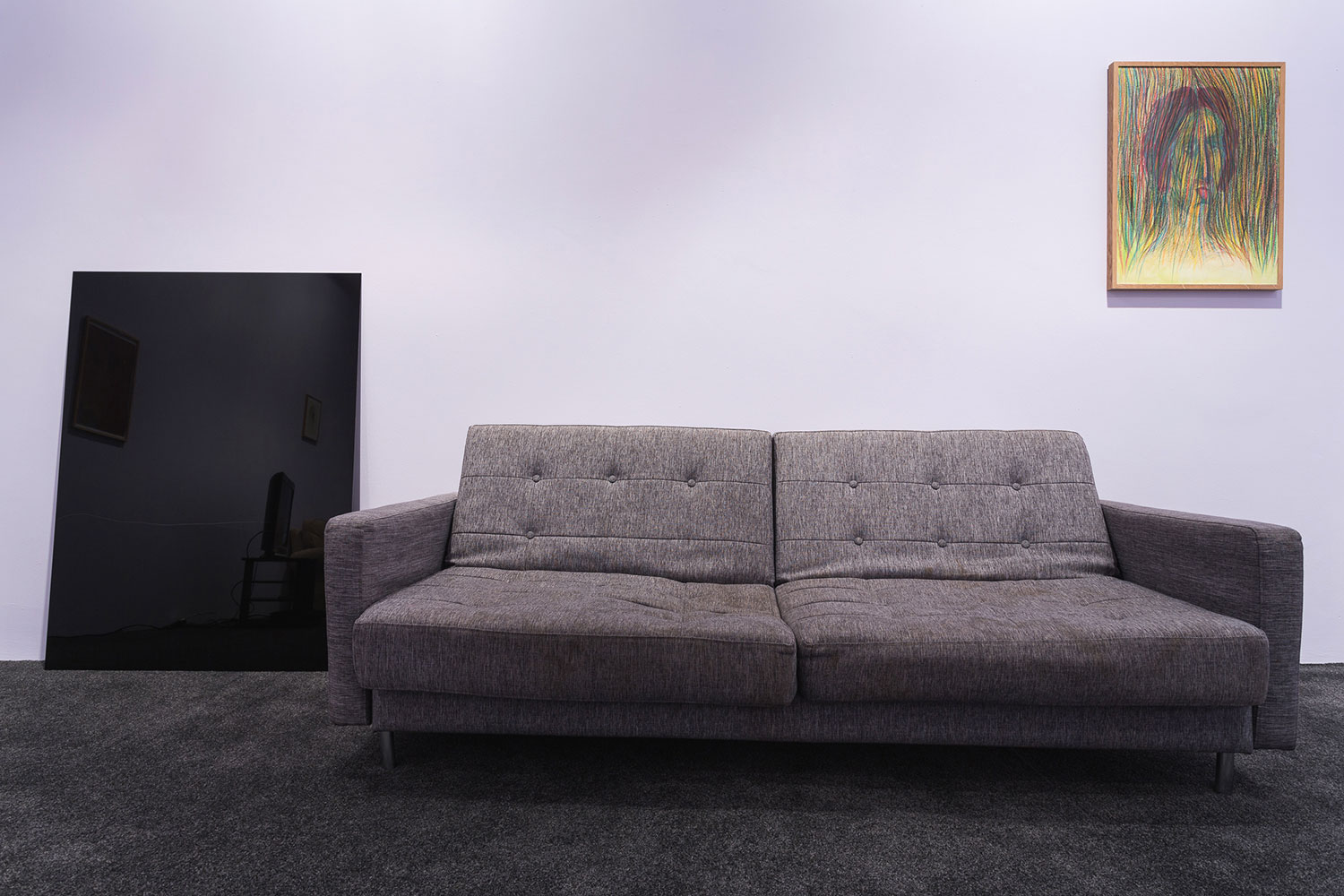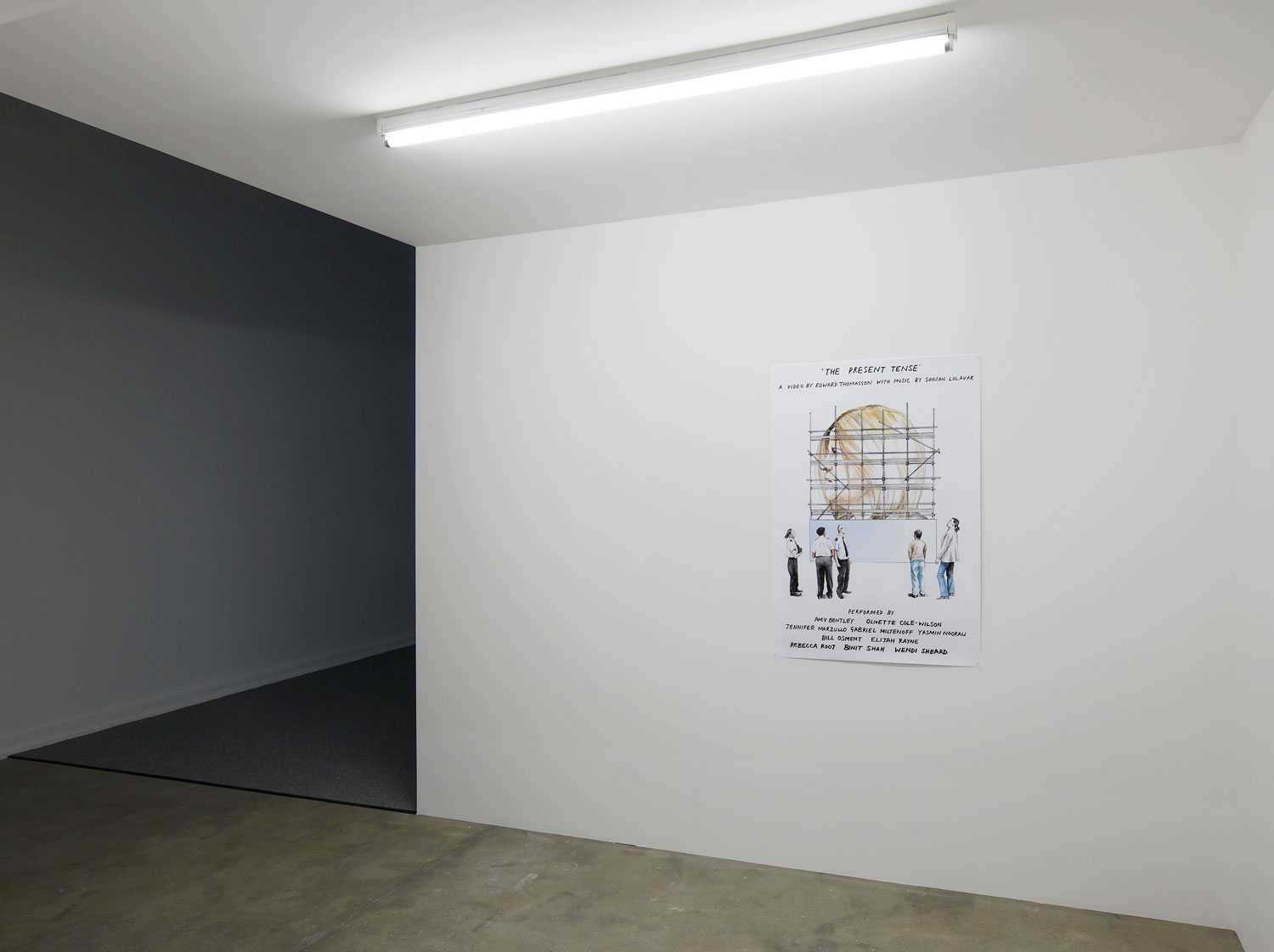As the first comprehensive survey of Ana Mendieta’s oeuvre in the UK, this retrospective celebrated the artist’s unique visual language and explored themes of violence, cultural displacement and ritual.
Refusing conventional definitions of art, Mendieta’s work utilised media ranging from drawing to photography and film, and occupied a liminal space between performance, land art and body art that she defined as ‘earth-body’ sculpture.
Initially, the exhibition posited early performances in which the artist’s own body played an intrinsic role, examining notions of female trauma and disfigurement. In Untitled (Facial Cosmetic Variations)(1972), Mendieta transforms her face through the use of makeup, wigs and laddered tights which distort her features; eyelids, nose and lips becoming unnervingly puffed and pulled. Deeply disturbed by the rape and murder of a fellow student in Iowa, photographs such as Rape Scene (1973) capture Mendieta’s recreation of this bloody crime, starkly denouncing sexual violence against women.
Exiled from Cuba in 1961 before the Revolution, a sense of dislocation plagued Mendieta. Visiting Mexico in 1973 inspired a reconnection with the natural world, beginning her long-running Silueta series, comprised of one hundred works – many of which featured in the exhibition. Stating that ‘art must have begun as nature itself’, Imagen de Yagul (Image from Yagul) (1973), fittingly depicts her body smothered with blooms of white flowers, recalling ancient burial rituals. The iconographic development of her Siluetas was rooted in the cosmology of ancient pre-Christian religions. Her later works, including imprints or carvings in mud, sand, rock, blood, grass, feathers and gunpowder, symbolically manifest a sense of Mendieta’s spiritual merging with nature.
The exhibition culminated in sculptural works and drawings produced in the artist’s Rome-based studio from 1983 until her death in 1985. Combining earth with a binding agent, she was able to bring nature indoors, creating corporeal floor sculptures including Figura de Fango (Mud Figure) (1984). The human-sized lime wood trunks in Totem Grove (1985) further bear the gunpowder-burnt traces of voluptuous shapes – forms intended to invoke universal processes of life, death and rebirth.
Rigorously documenting her oeuvre through film and photography, the show closed with Mendieta’s extensive, personal archive comprised of colour slides, contact sheets and letters. Hours could and should be spent rooting through this rarely-seen material; precious permanent records of her innovative ephemeral actions.


